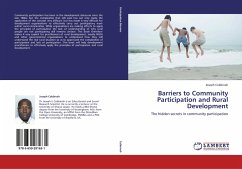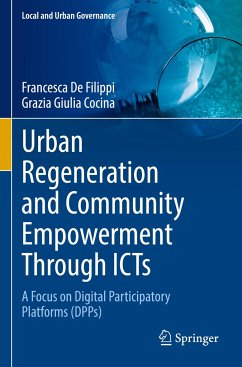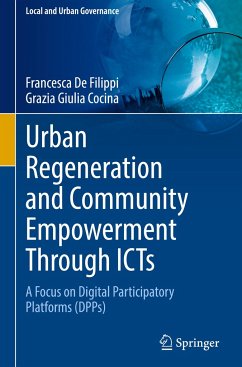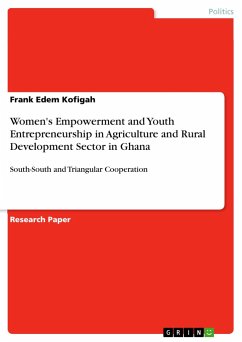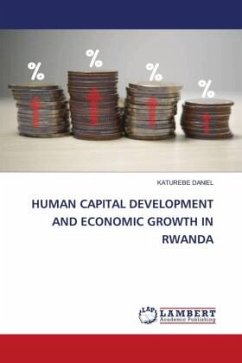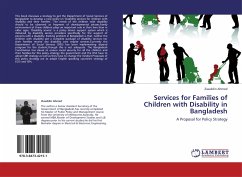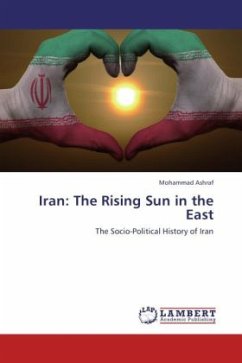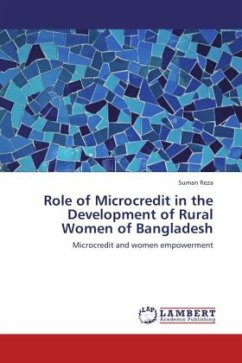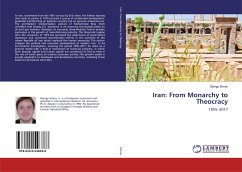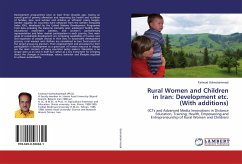
Rural Women and Children in Iran: Development etc. (With additions)
(ICTs and Advanced Media Innovations in Distance Education, Training, Health, Empowering and Entrepreneurship of Rural Women and Children)
Versandkostenfrei!
Versandfertig in 6-10 Tagen
65,99 €
inkl. MwSt.

PAYBACK Punkte
33 °P sammeln!
Development programmes since at least three decades ago, having an overall goal of poverty alleviation and improving the health and nutrition of families, view rural women and children as 'efficient' policy targets. Gender equality for countries were obtained from the Gender Inequality Index (GII), developed by the United Nations Development Programme from data including the maternal mortality ratio, adolescent fertility rates, educational attainment statistics, and women's parliamentary representation and labor market participation in each country. Two main goals of sustainable development ar...
Development programmes since at least three decades ago, having an overall goal of poverty alleviation and improving the health and nutrition of families, view rural women and children as 'efficient' policy targets. Gender equality for countries were obtained from the Gender Inequality Index (GII), developed by the United Nations Development Programme from data including the maternal mortality ratio, adolescent fertility rates, educational attainment statistics, and women's parliamentary representation and labor market participation in each country. Two main goals of sustainable development are increasing capabilities of human race and expansion of people choices in their lives. In sustainable development process, rural women and children are considered as two focal points of the target groups by planners. Their empowerment and processes for their participation in development as a great part of human resource in villages are the main concern of many countries' policy makers. Education is no longer seen as an end in itself but rather as a key instrument for bringing about the changes in knowledge, values, behavior and lifestyles required to achieve sustainability.



